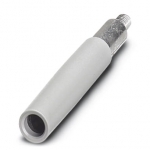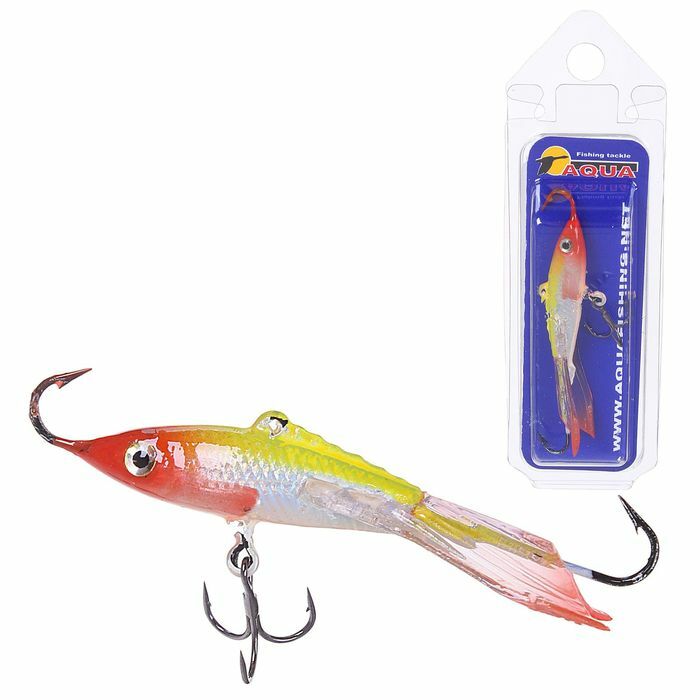Formation pipeline involves connection pipes. For this purpose, threaded and threadless ways. Which option is selected depends on the purpose, location, material elements to be connected. But if the thread drawing difficult or used threadless welded steel pipe fitting connector.

Classification threadless compound
Conditional share two methods:
- by welding. According to the conditions of work are distinguished fusion welding and pressure;
- using the connecting fittings. In this capacity coupling flanges.
Pros and cons of welding
This method gives a strong, tight connection. Its advantages also include:
- no weighting system with additional details;
- automation process;
- Welding is not necessary specifically to level the edge of the cut;
- for systems of the elements of a custom section: square. rectangular, oval. Compound steel pipes noncircular shape threadably impossible.
Welding work normally performed by a specialist and special equipment is necessary for them. Residual stresses arising in the docking areas can lead to depressurization of the joints under mechanical loads, vibrations. If necessary, repair weldments can only cut. Technologically difficult to weld dissimilar metals (steel / iron) and it is impossible various materials (steel / PVC). You can not connect by welding steel tubes with copper, aluminum.

Pros and cons Fittings
Fitting connector provides a number of benefits with no change to the requirements of tightness joints:
- all docking stations easily changing rapidly;
- make changes to the system can independently change the type of fitting;
- when breakage of the pipeline, fittings, can be reused;
- It does not require expensive special equipment;
- You can connect pipes of different materials.
From minuses isolated impossibility compound slices with angular cross-section, the weighting system further elements. This connection will be a long while setting strict compliance technology.
Welding Technology
Welding works are performed using welding machines. Additionally used in electric welding transformers (rectifiers), a set of electrodes. Be sure to carry out the work only in protective gear.
For all types of welding previously prepared by welded seams pipe sections: purified, cut flange, degrease, remove rust, paint.
The process depends on the welding process:
- Gas method involves the use of welding wire, by means of which the seam is filled in one go. To immediately get a quality result, you must have special training. If for technical reasons the outer seam does not provide the necessary integrity, perform internal front of him. Optimum for pipes with a wall thickness of 4 mm;
- Arc method requires alignment, installation tack pipeline elements. This is due to the fact that work is done in parts. The seam is formed layer by layer. For each step taken electrode of larger diameter. The method is applied to thick-walled pipe;
- Welding in protective environment - the most effective way. Protection acts mixture of gases: argon, oxygen, carbon dioxide. The seam turns a neat and durable.
After welding, the seam is cleared by any method of slag plaque, it is checked for leaks. Welds durable aesthetic.

Clutches and their installation
The used compression method threadless iron, plastic, steel clutch Gebo crimp sleeves.
Compression couplings are O-ring, union nut. They do not provide a complete secure location: under mechanical force can snatch the pipe from the coupling. They set as a temporary option or at the stage of repair, or where there is no external influence is assumed.
Gebo crimp sleeves have three rings:
- clamping;
- O;
- clamping.
All elements are placed in a metal casing, and a fixing nut constitute a common device. Such a coupling compound effective for steel structures with plastic, PVC piping. Scope: water pipes, sewer and gas systems where pressure does not exceed 0.4 MPa. On the positive clutch Gebo application include:
- diversity of use;
- is not subjected to elastic deformation;
- stated warranty period of use for more than 10 years;
- the quality deviation compound 30 does not affect;
- internal stress does not occur;
- no metal fatigue.
Original Gebo-clutch necessarily sold with the passport.

Installation of compression couplings
- Trim two pipes.
- Connect sections and center them.
- Make labels clutch arrangement.
- Coat the inside of the sleeve sealant and outer tubes.
- Wear a sleeve on the designated place and let harden in the sealant.
Installation of Gebo-coupling
- On one part of the pipeline is fixed clamping nut.
- Going from fitting.
- The nut is tightened on the parts inside the ring clamp occurs.
- Further, all of the second cut is performed. Butt tight turns.
Flanges and their installation
Scope of the flange connection - fitting diameter of 50 mm. Flanges for smaller diameter pipes rarity and are applied only in exceptional cases.
The design of the flange fitting:
- ring of metal disposed on both sides of the flanges;
- sealing rings disposed within the housing;
- fixing bolts.
Compound reliable, easy to install, but the design has considerable weight and dimensions.

Mounting flange
- Determine the connection points and to clear them of any plaque.
- Each connecting member flange wear.
- Install the gaskets so that they extend beyond the edge of the pipe.
- Pull flanges by bolts. Internal seals ensure joint tightness.
The high pressure piping bolts secured by welding. If the attachment is delayed, you must make sure that it does not burst.
To dock to meet regulatory requirements should be considered:
- gasket type is selected depending on the purpose of the pipeline. for water - porous cardboard with oiled for the heating system - asbestos board;
- more than one pad would be inappropriate;
- gaskets must not come into contact with the bolts. Their size is chosen slightly larger diameter pipes;
- for uniform tightening of bolts is done in pairs, rather than one after the other.
Installation flange on the pipe for efficient method threadless joint for steel pipes, and for the elimination of leaks in emergency situations.

Applying fittings, pipe couplings allows brew without threading and welding. But all methods are equivalent connection. Their choice depends on the specific installation conditions, the tube material, the availability of tools.



